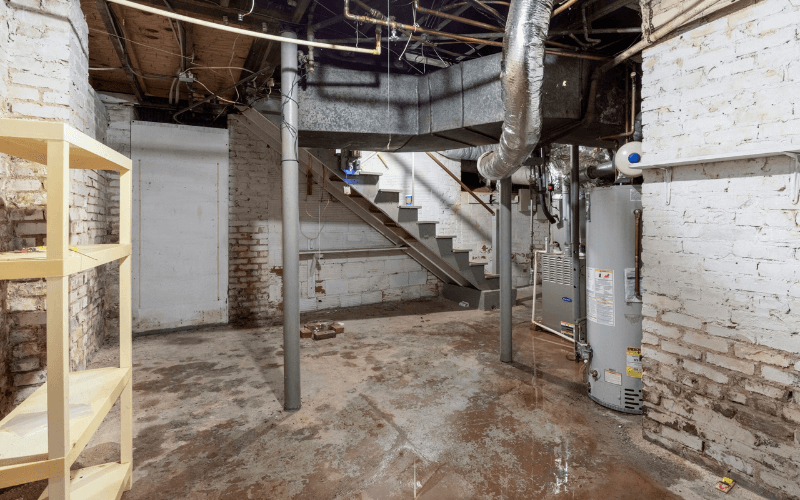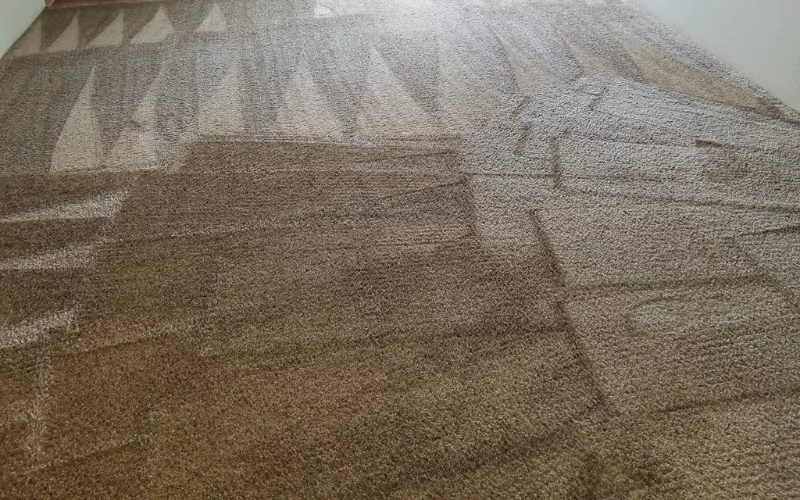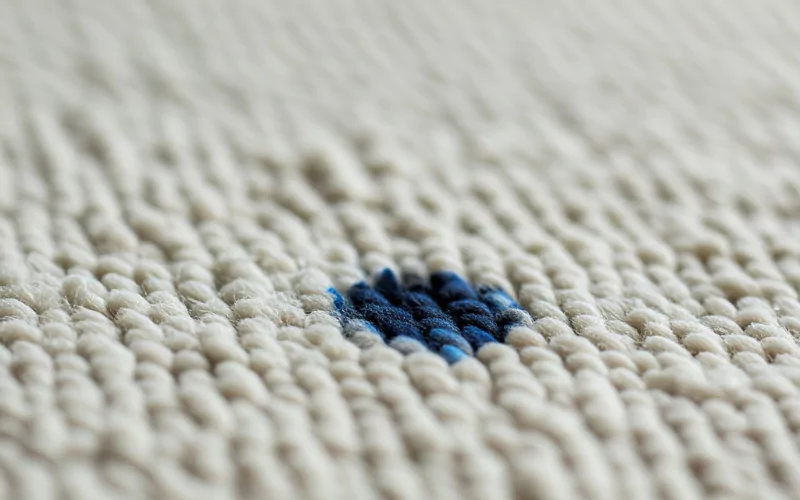The basement in your home is an important area that is often overlooked yet critical to the structural integrity and overall health of your house. Basements are susceptible to various forms of water damage, including cracks, and mold growth due to pipe leaks, condensation, and floods.
Identifying these signs early can prevent extensive damage and costly repairs. In this blog, we will explore common signs of water damage in basements, helping homeowners protect their properties against the potentially devastating effects of water damage.
5 Key Indications That You Have Water Damage In The Basement
1. Crackings In Foundations
As water piles up around the foundation, it creates pressure against the walls. Over time, this pressure can cause cracks to develop, especially if there are weaknesses in the concrete.
Besides, in colder climates, water that seeps into cracks in the foundation can freeze. As water freezes, it expands. This expansion, in turn, can widen the cracks further, inflicting more damage.
2. Sinking Or Uneven Flooring
When water accumulates around your foundation, it saturates the soil and causes it to wash away. This erosion weakens the support beneath the concrete slab, leading it to sink or become uneven.
Clay soil, in particular, can shrink and crack as it dries out. If there are pockets of dry soil under your foundation due to uneven watering or drainage issues, it can also contribute to an uneven floor.
3. The Coming Of Mold
Mold cannot exist without moisture. That means if you see or smell mold in your basement, there is moisture lurking around. Mold often grows and thrives behind walls, under floors, or in shady corners. Some of the most common signs of mold include patches of fuzzy growth on walls, ceilings, floors, or near pipes.
The color of the mold can vary, but common colors include black, green, and white. Another indication of mold is a musty or earthly smell. A persistent unpleasant odor in your basement can indicate mold growth, even if you can see it.
4. Efflorescence On The Wall
A white, powdery material known as efflorescence develops on the walls and floors of basements. It is brought on by water seeping through the pores in the brick or concrete and dissolving salts. As the water evaporates on the surface, it leaves these salts behind as crystals.
Whilst the efflorescence itself is harmless, its presence signifies water movement within your basement walls. This water can come from various sources including, leaks, condensation, and rising underground water.
5. Warped Or Buckled Floor
In basements with wooden subfloors, fluctuating moisture content causes the wood to expand and contract. This movement can lead to warping (curling) of the floorboards or even buckling (lifting up at the edges).
Even the concrete basement floors are no exception. When only a portion of the concrete slab is exposed to moisture (uneven drying), it can cause the slab to curl upwards in those areas. This is more common with improperly sealed floors or foundations with cracks allowing moisture ingress.
That’s A Wrap
A damp basement isn’t just an inconvenience – it can lead to structural issues, mold growth, and health hazards. Therefore, if you suspect water damage in your basement, don’t hesitate to take action. Identify the source of it, address ventilation issues, and consider using a dehumidifier to protect your basement from damage that, at times, can be beyond repair.






